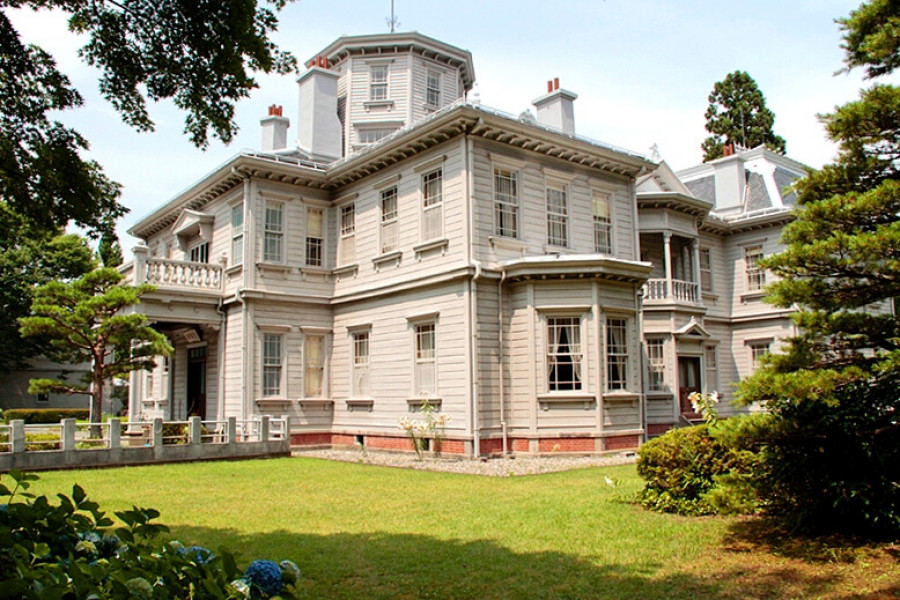
Inawashiro Original Beer Brewery
Although Fukushima is most famous for its sake distilleries, the Inawashiro Original Beer Brewery has a growing reputation among expats for its rich taste. The large beer hall here is well-located in central Inawashiro, close to the lake, allowing travellers a chance to sample the beer and German sausages. Views of Mt. Bandai from the second-floor restaurant hall are spectacular and unobstructed, making this an excellent stopping place on a longer journey.The beer at Inawashiro is made using the famously pure mountain spring waters of Mt. Bandai, combined with German wheat and hops for a unique taste you won't find anywhere else in Japan. A 5-drink sample set is available for new guests to try the range of the brewery's most popular five beers.There's also a shop downstairs selling Fukushima specialties and beers from the brewery, as well as souvenir stand where you can buy ice cream (including a beer-flavoured one!)The brewery shares parking with the World Glassware Hall, where visitors can try their hand at glass-blowing and etching. The Hideyo Noguchi Memorial Hall is also a short walk away.






